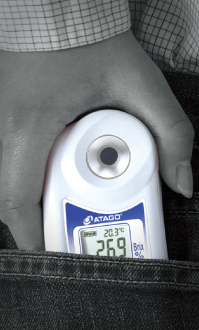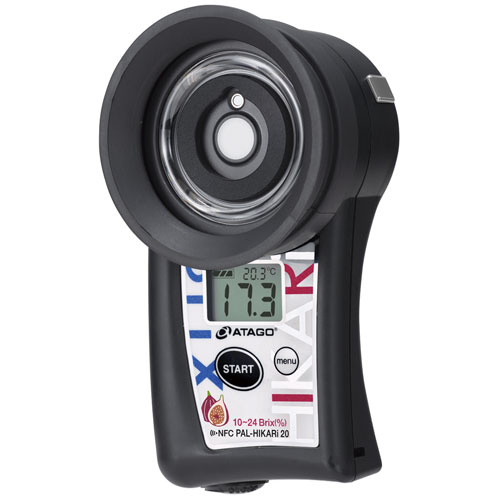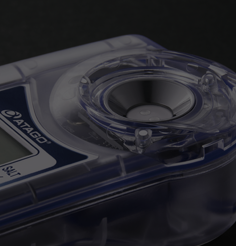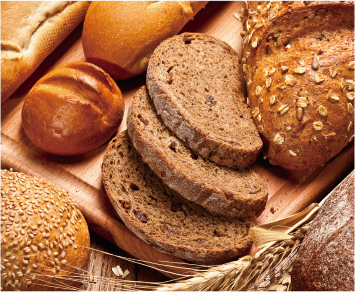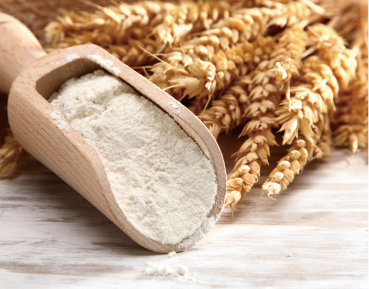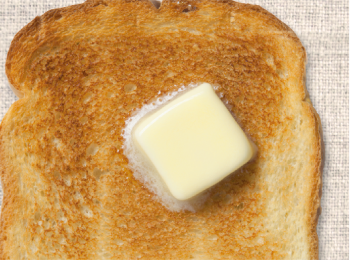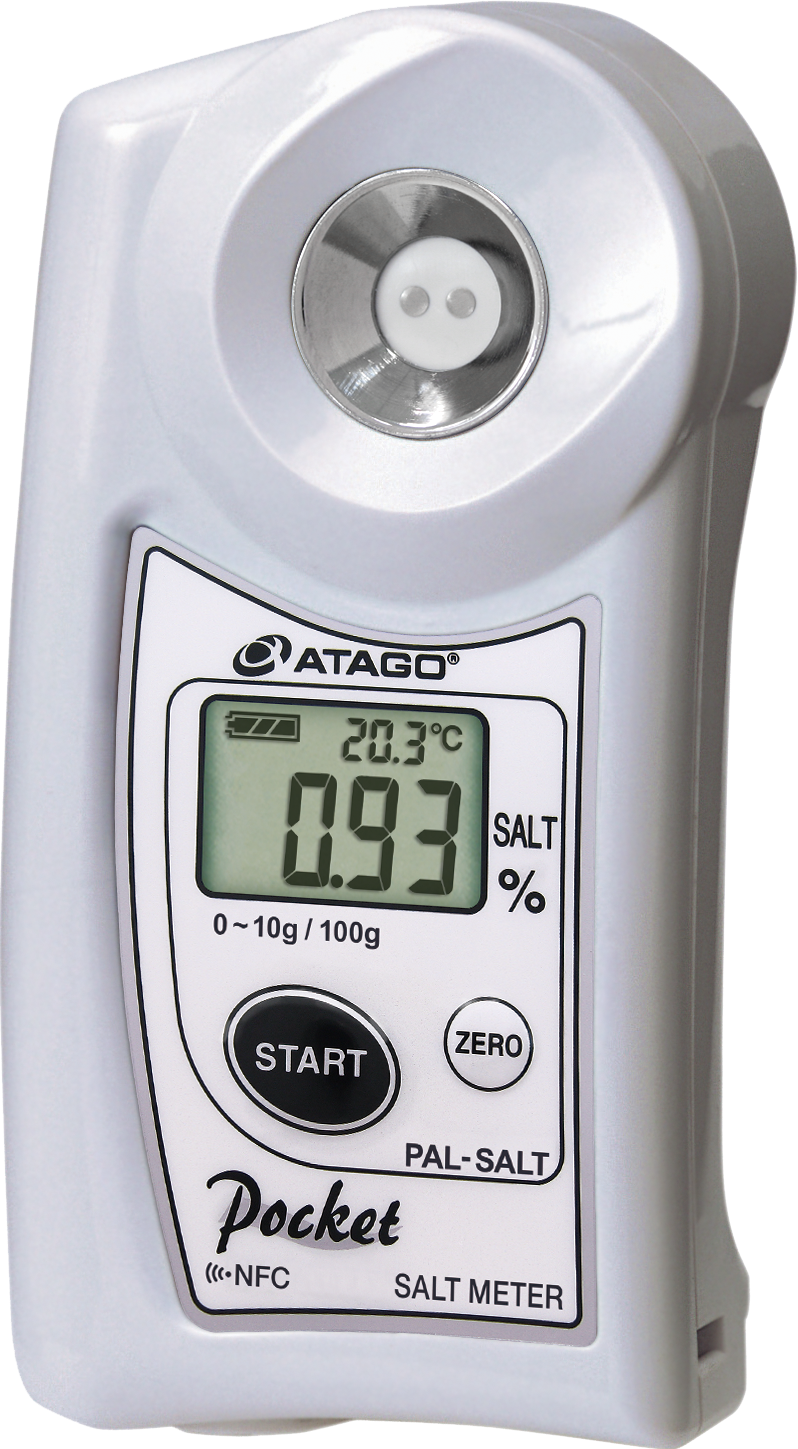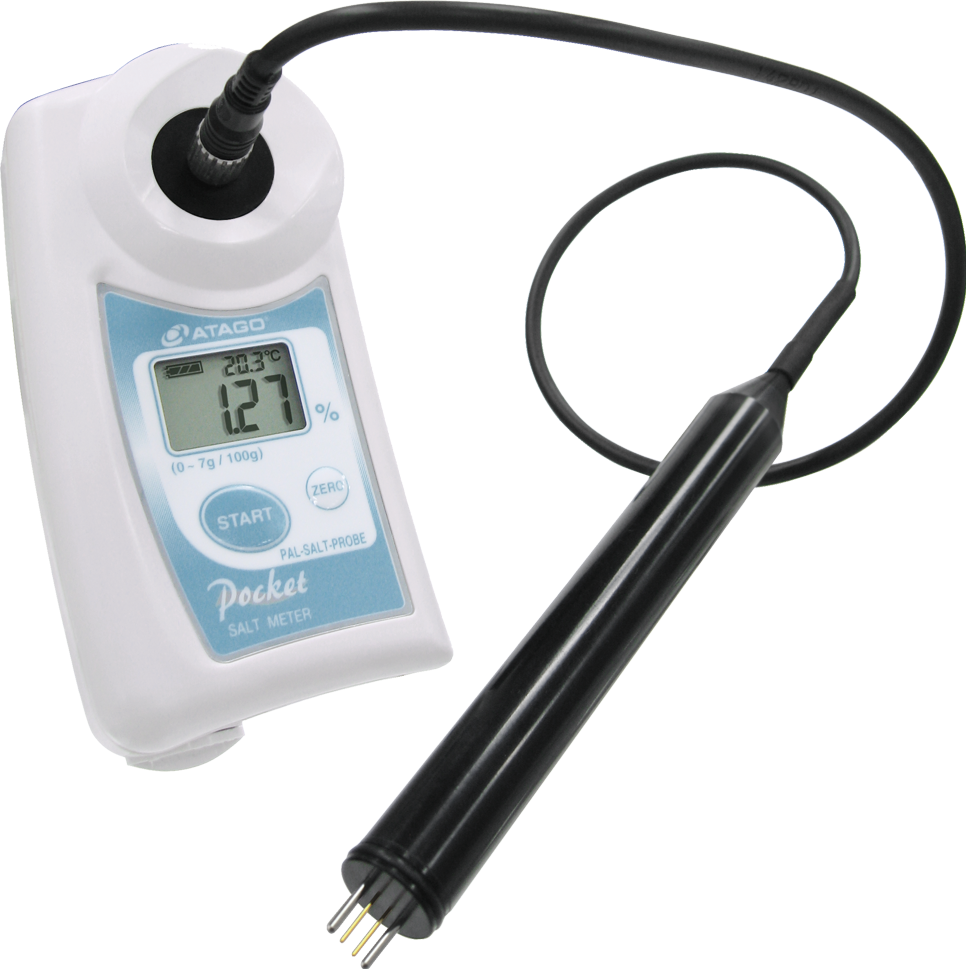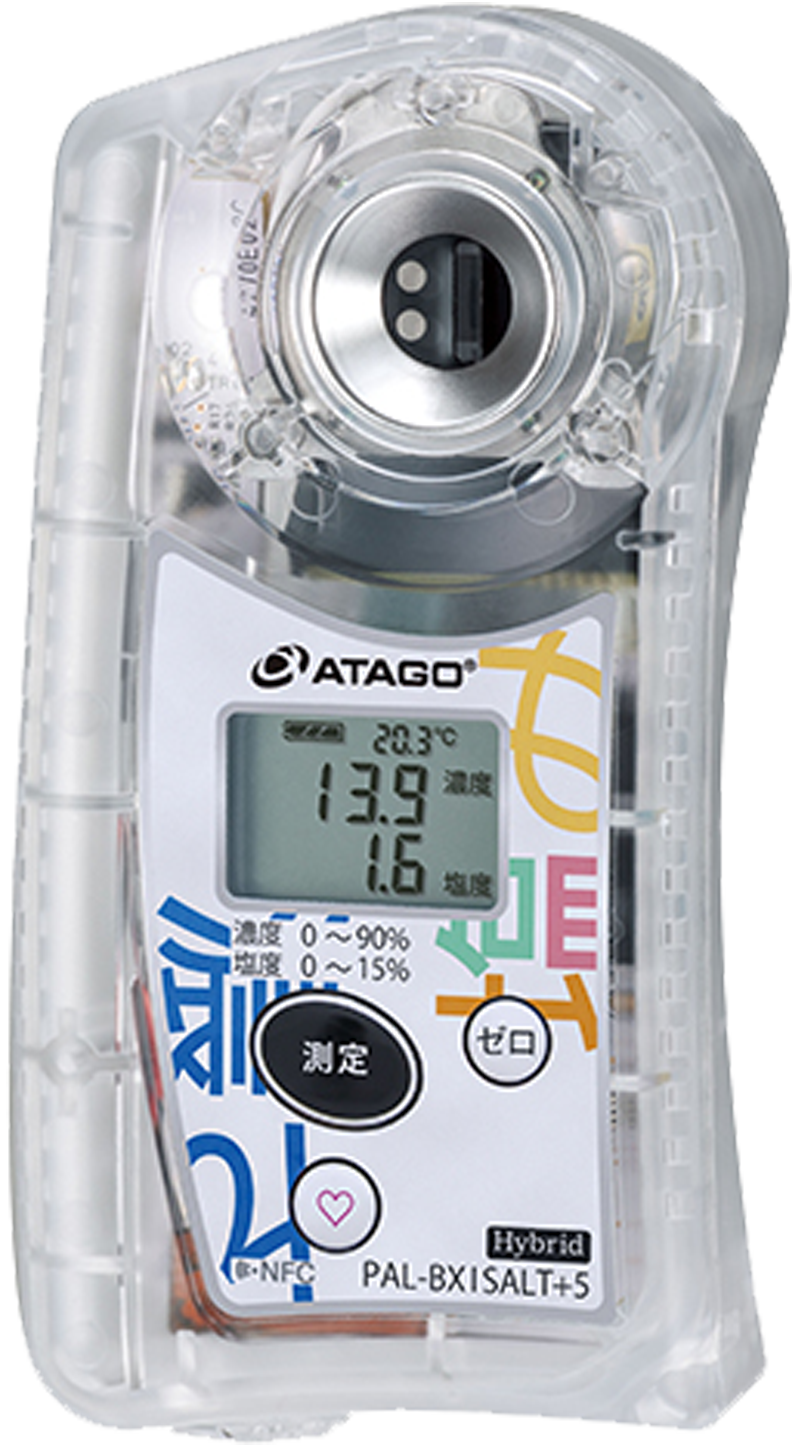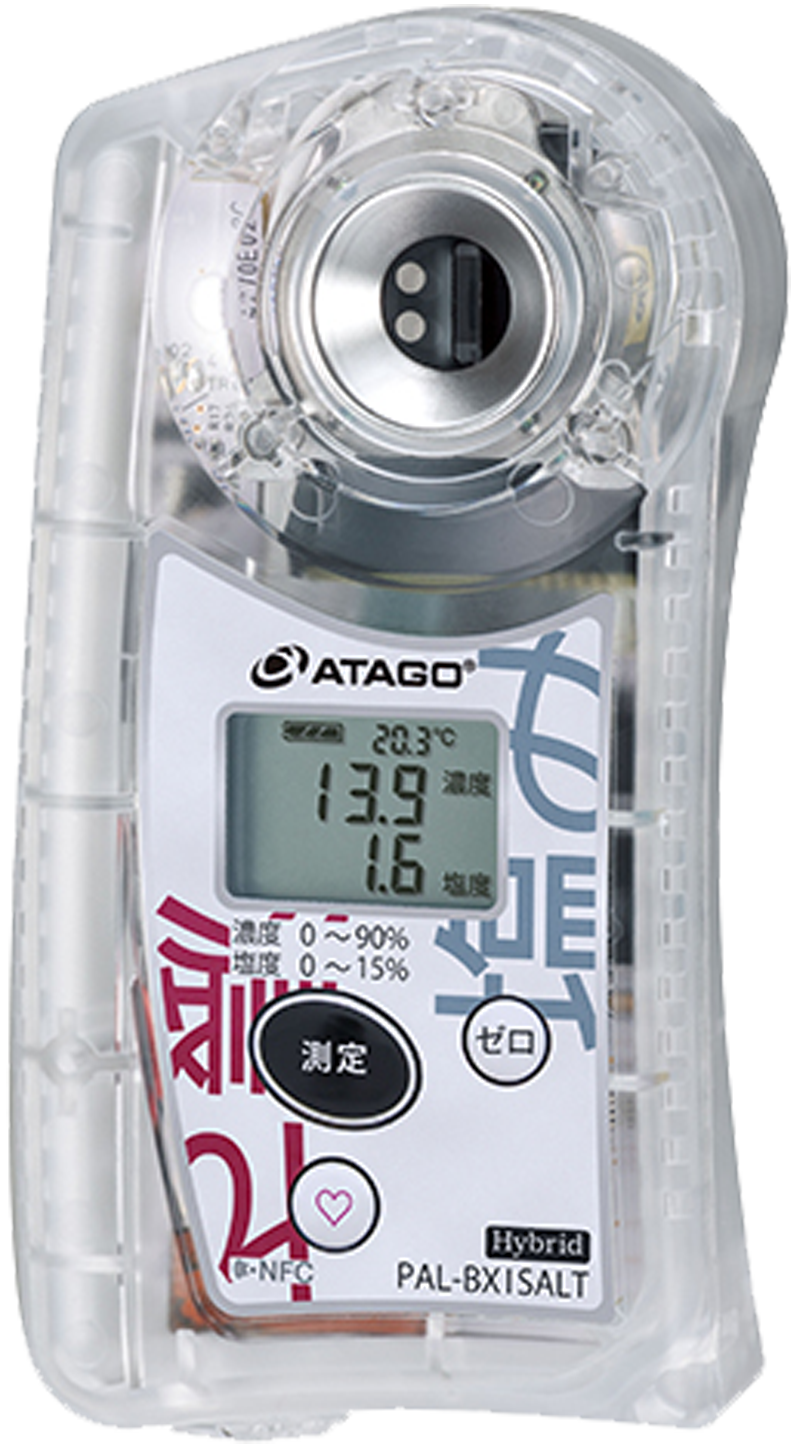#1. It allows you to confirm whether or not the salt is uniformly distributed throughout the dough.
#2. It allows you to confirm whether or not you may have forgotten to add salt.
We recommend the PAL-SALT PROBE.It is extremely useful, because you can press the probe directly onto the bread dough to measure the salt concentration.
In addition to baking home-made bread, if you like to make your own jam, you can monitor the sugar content with a Brix refractometer.
If you wish to measure the pH of yeast or dough, we recommend using a pH meter.
The units we can recommend depend on the type of sample you are measuring. Please contact us if you have any questions.
 ys
ys
